International Pricing
International pricing is the strategy businesses use to determine how to price their products or services in different international market
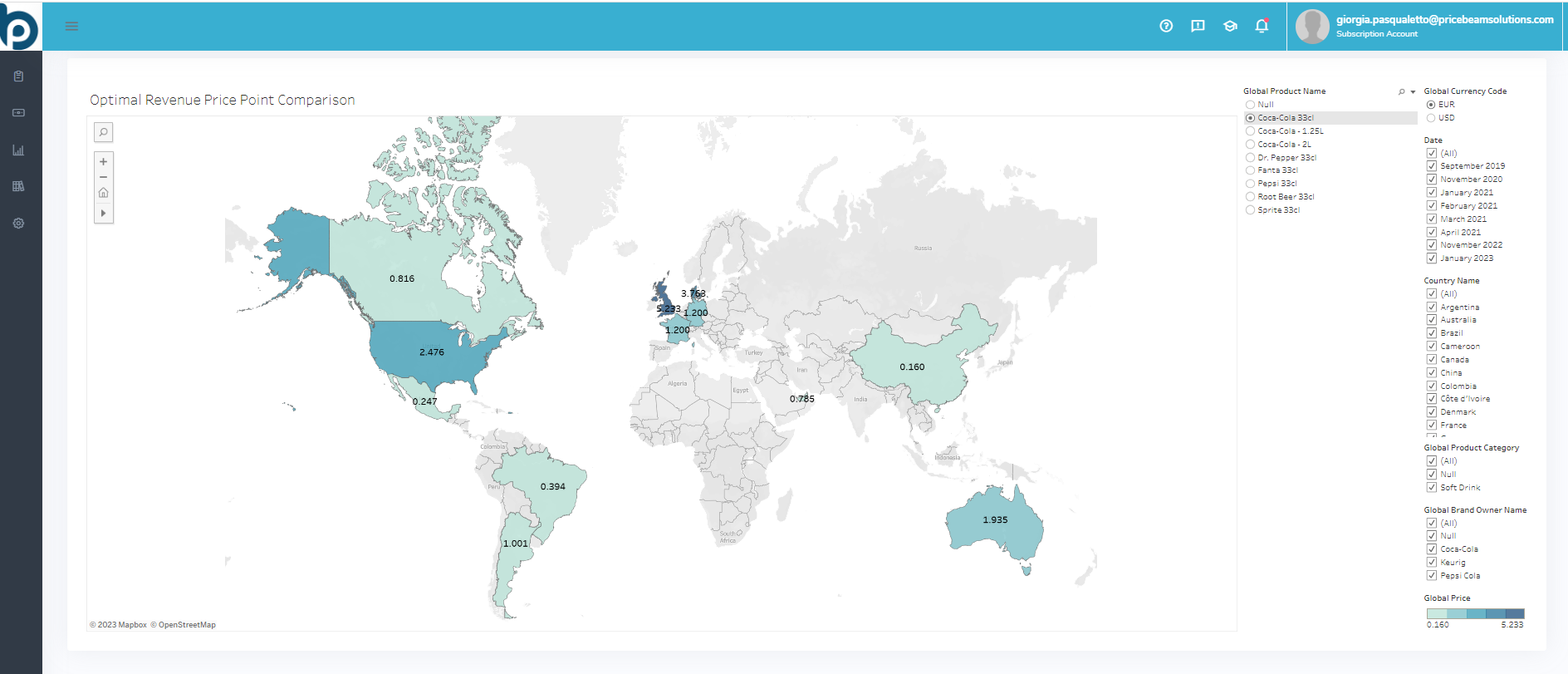
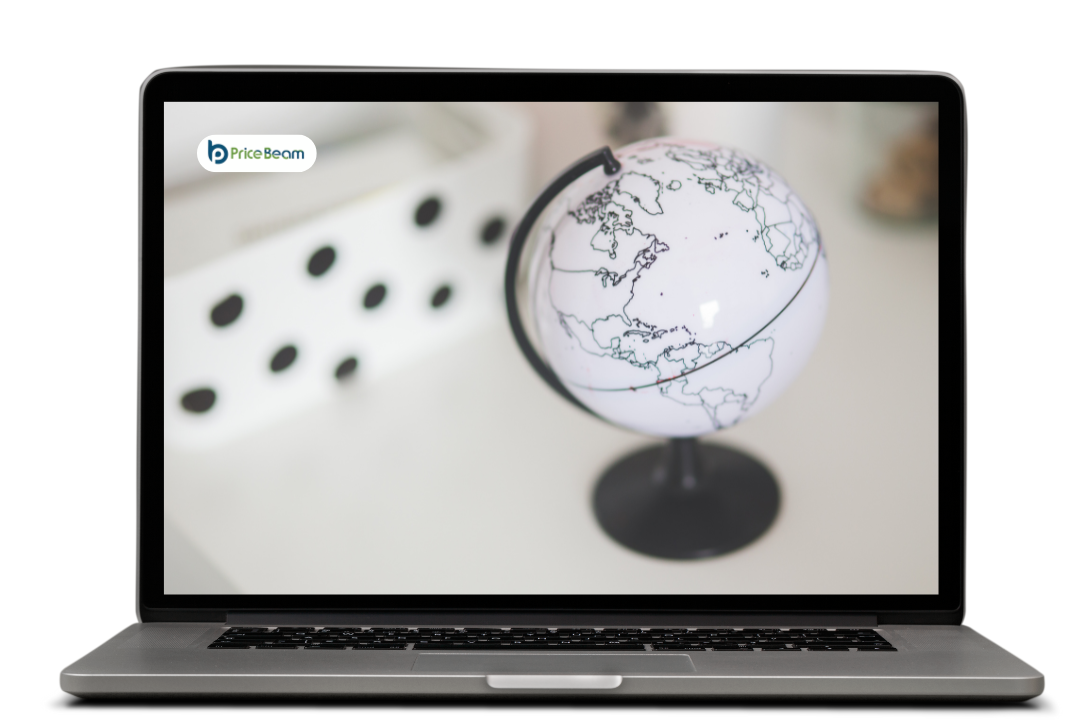
International Pricing
Companies that sell to multinational clients or sell their products globally will have to decide how to price their product in each market. Purchase power, needs, and preferences differ between countries and so does willingness to pay for a given product or service; to maximize profit, pricing research must be conducted for each market.
Prices Are & Should Be Different Between Countries
Prices should differ across different countries, but companies must not only reap the benefits but also manage the costs and avoid the pitfalls.
Prices are rarely the same in international markets. They vary due to taxes, cost structures, local market needs, currency exchange rates, tariffs, differences in competitive situations, and a myriad of other reasons. They even vary because this is the way it has always been.
If looking at different industries, consumer products (CPG/FMCG) have more than 100% difference in prices, with even regional differences e.g. the European Union of up to 50% for the same product.
Car manufacturers are well-known for their price differences and even relatively global products such as computer software have had some bad PR cases where e.g. Australians would pay twice as much for Adobe software as US customers.
But international price differences are more good than bad.
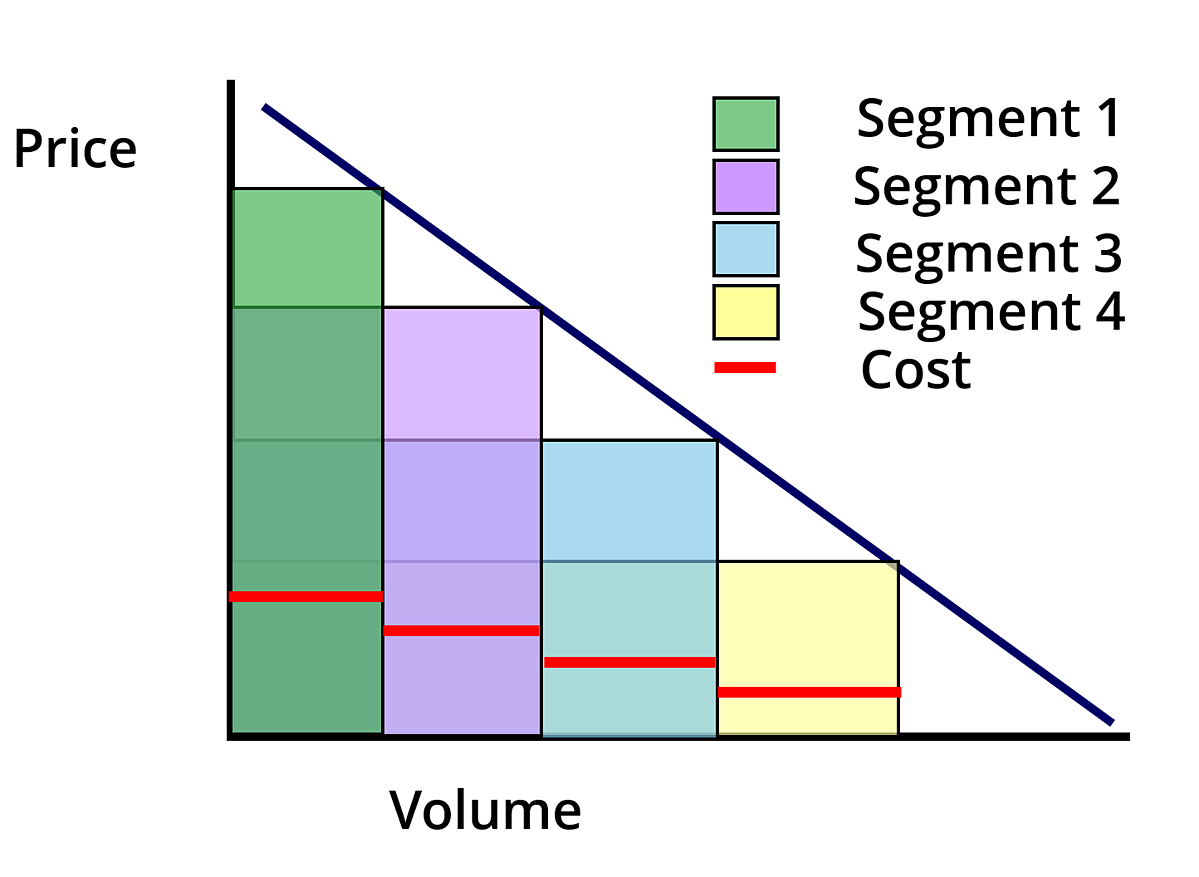
Here is why:
Not everybody is willing to pay the same. Some people are willing to pay more than $1000 for a phone; others only want to pay $200. The same really applies across nearly every product or service category.
So what companies routinely do in their local markets is to segment the market and do product differentiation (e.g. iPhone X, iPhone XR, iPhone XS) to meet different levels of customer needs and levels of customer willingness-to-pay.
Sometimes the product or service differentiation is even minimal (e.g. booking options) and the product nearly identical but still the price varies considerably, think e.g. flights, last-minute hotel rooms, concert tickets, etc. In other words: people are willing to pay different prices in a single market, and the sound pricing strategy to address this is to have multiple price points for the same or slightly varied product/service.
If the vendor only has one price, e.g. represented by the green area, then the total addressable market is limited and the potential business also limited. But if it is possible to product differentiate, or simply price differentiate (within legal constraints of course), then the addressable market is bigger and more customers can be reached.
The optimum price point for the segment represented by the blue curve is 6, whereas the willingness-to-pay for the green segment is 10, and the optimum price based on willingness-to-pay for the orange segment is 12. So a solid way to address all three customer segments is to have offerings as price points of 6, 10 and 12. Or at least more than just one of them.
Now, the simple point is: if this is the best pricing strategy in a single, domestic market, then it certainly is also the best pricing strategy when it comes to international pricing.
Differentiate prices according to the willingness-to-pay in each market, and make considerably more money than if simply taking the same price everywhere. Imagine a US company wanting to export to Germany: should the German price be just the USD price converted into Euros?
It could, but it is likely that German customers have a different willingness-to-pay than US customers, and thus a straight conversion would either lead to a price that is too high, or possibly too low. Both cases lead to loss of profits.
In terms of real-life optimization of prices, it can look something like this:
For 3 different segments
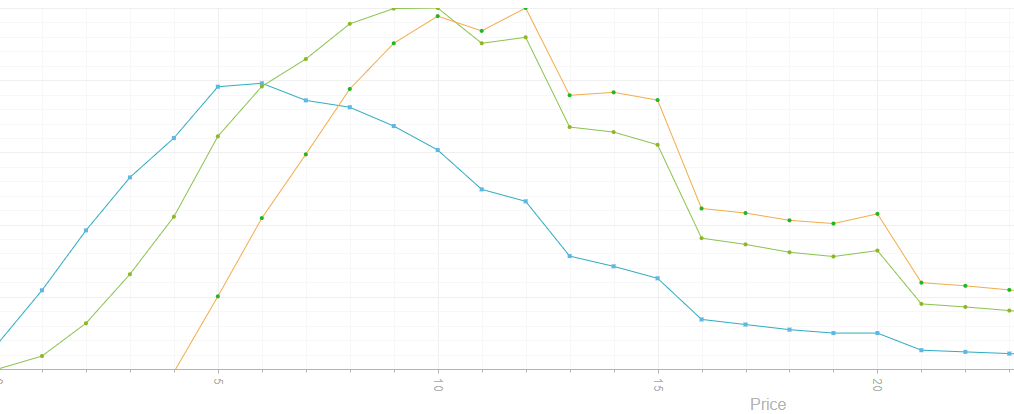
Why is International Pricing Important?
Cost-Effective and Affordable International Pricing Insights
Different approaches to pricing in different markets, when done scientifically and on purpose rather than because "this is the way it always was" is certainly more difficult, takes more time and sometimes more money to get the right market insights for each individual market.
After all, knowing the willingness-to-pay in 20 countries can take up to 20 times more time and data cost than doing it just once. As old-fashioned market research can be both time-consuming and costly to run even for a single market, many organizations have unfortunately shied away; "why bother running market research that costs several million dollars and take half a year to run", seems to have been the thinking in many international marketing teams...
But quite frankly, if understanding customers' willingness-to-pay in a single country is not only the right thing but can often yield many millions in profit, so is understanding customers' willingness-to-pay across different countries also important and profitable.
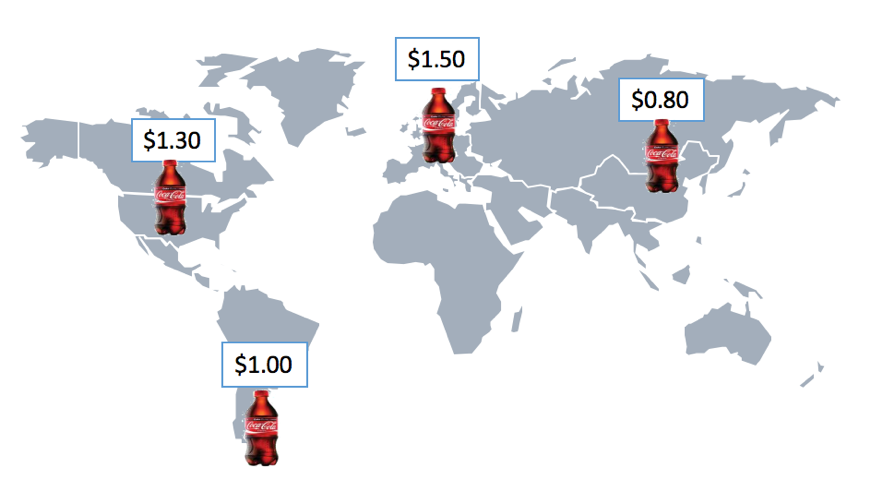
Access to quick and cost-effecitve market data has certainly been part of the "The Bad" side of international price differentiation strategies for some time, but those times are now over.
Pitfalls of International Buying
In some industries, customers are more international and certainly more powerful than the manufacturers or service providers.
Thus, they can and will exploit international price differences, thus buying in countries where the goods are cheaper, or simply using the price differences to push for deals with better terms: "Look, I can see here on my computer screen that my colleague in [country X] can buy 30% cheaper than I can buy from you Ms Sales Executive here in our own country. So now I want a 30% discount".
In the past, this was an empty threat unless the customer could move physical goods from the low-priced country to the higher-priced country, so-called parallel trade, but nowadays, all it takes is a global procurement organization with enough negotiation power to get their way.

Parallel Trade
Parallel trade and exploitation of international price differences can be countered through various strategies and techniques:
Explain Pricing Differentiations to Customers
Explaining to customers that prices differ because there are different levels of costs, taxes or even better Willingess-to-pay in each of those markets, and that they can also benefit from having different price levels (which they of course most of the time have). Use something like PriceBeam's willingness-to-pay Insight reports to document this.
International Pricing Corridors
Instead of having a single global price (which is bad, vs the benefits of differentiation), create a corridor and let local markets move prices up (or down) to fit local market needs, as long as they stay within the global corridor
Product Differentiation or Localization
Effectively sell different products in different countries
Local Service Bundling
Add local services that only are delivered in local markets and disappear if re-exported
.png?width=400&height=100&name=PBLogoTransparent%20(1).png)

